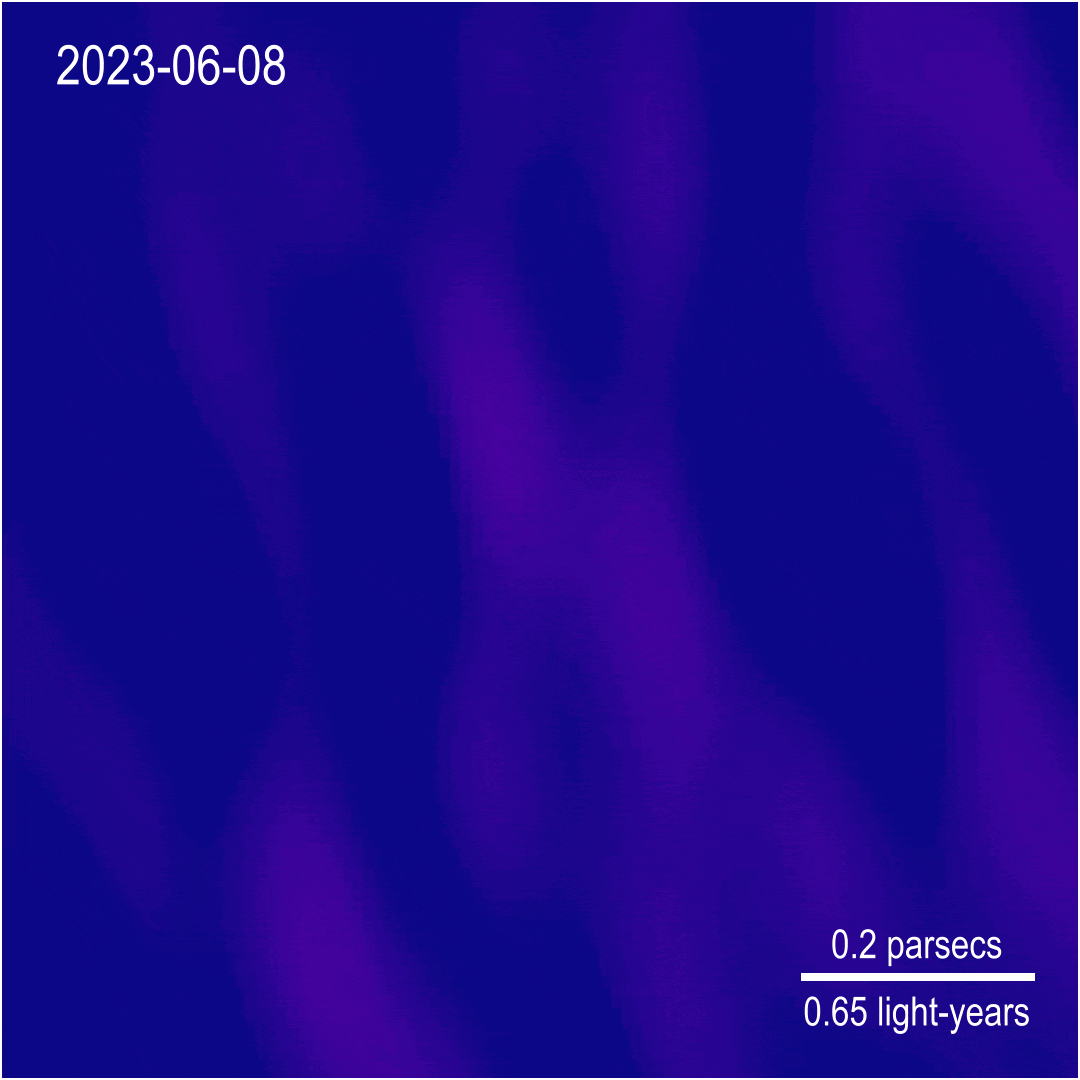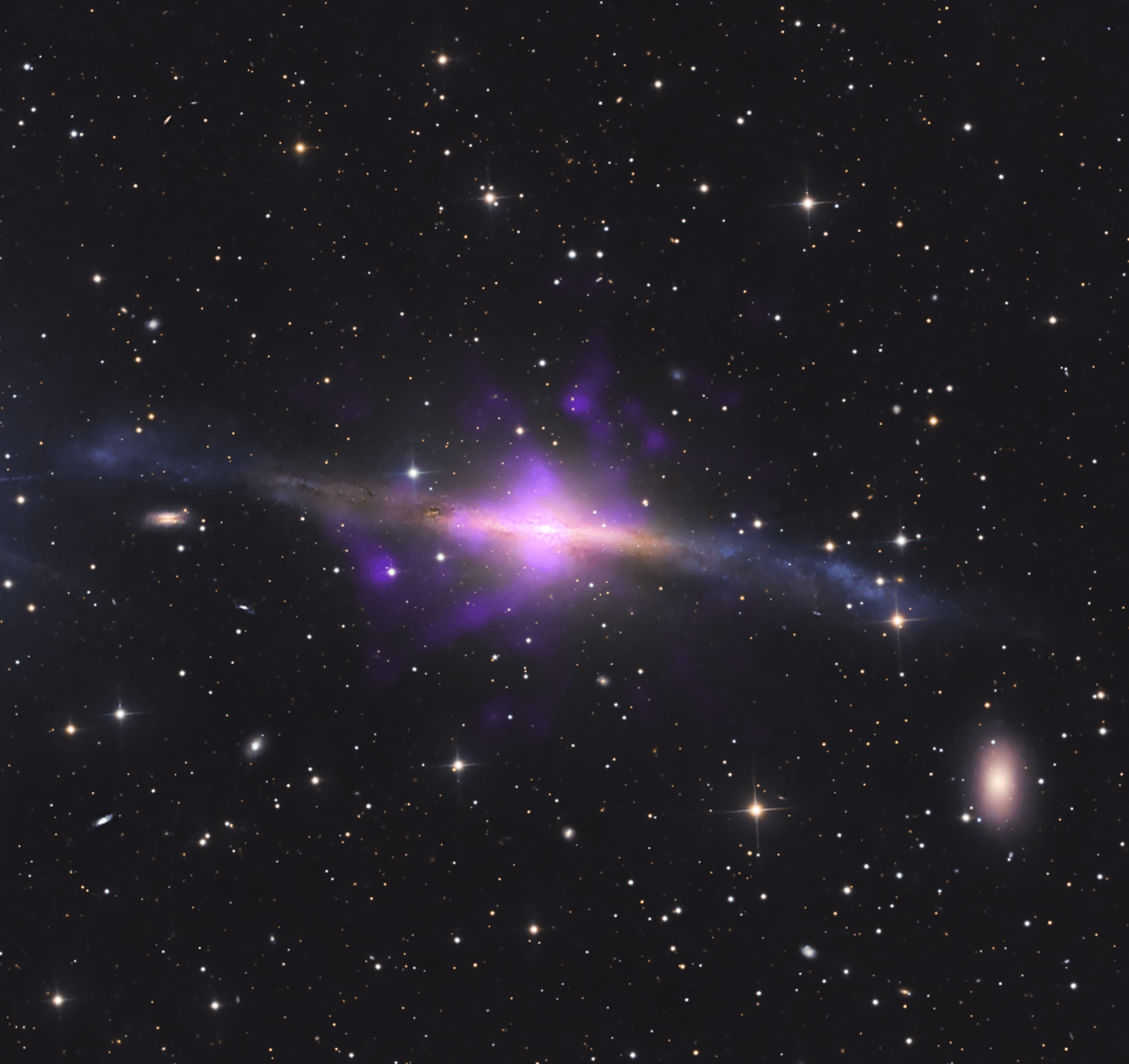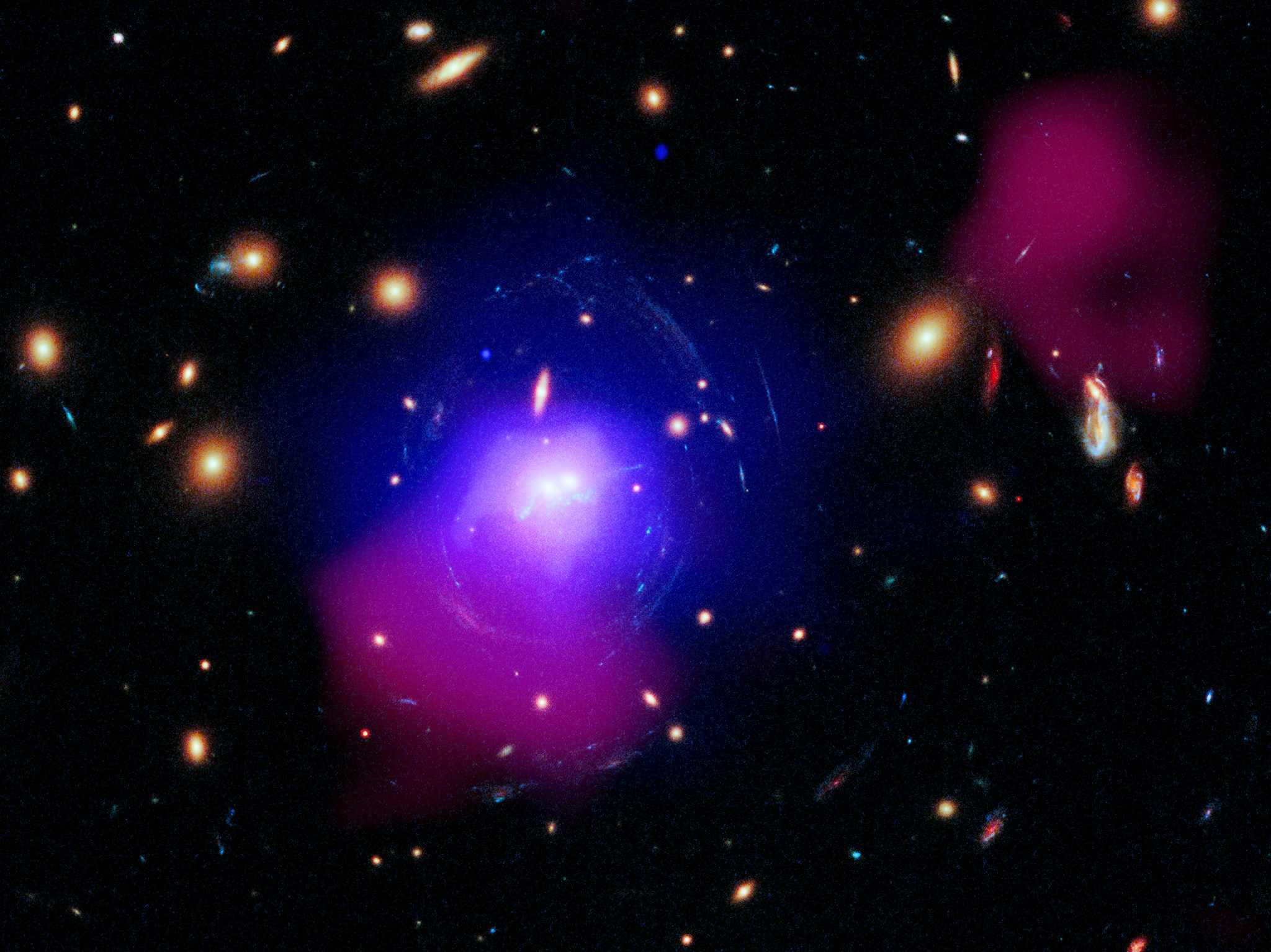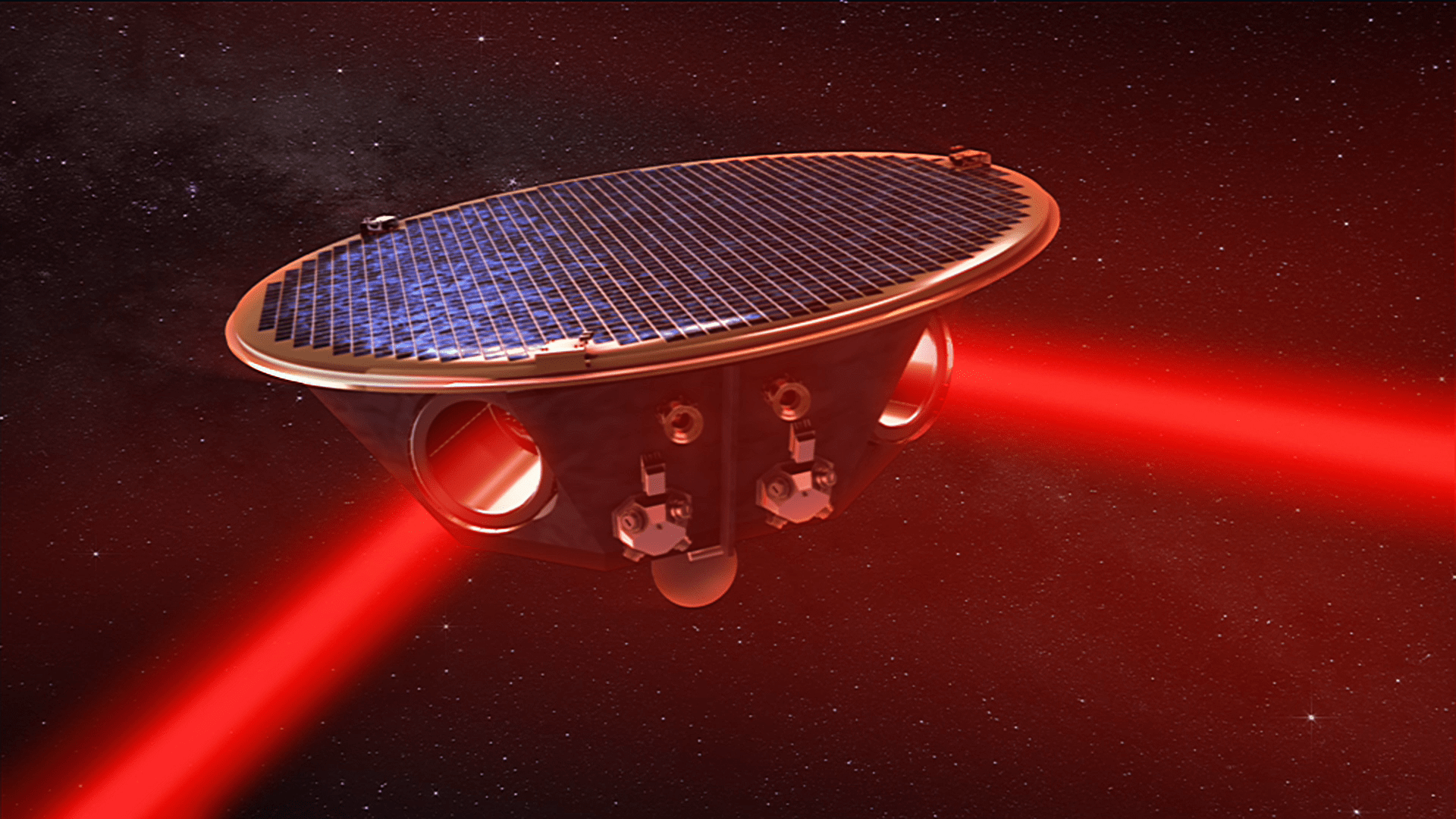5 min read NASA’s NICER Maps Debris From Recurring Cosmic Crashes Lee esta nota de prensa en español aquí. For the first time, astronomers have probed the physical environment of repeating X-ray outbursts near monster black holes thanks to data from NASA’s NICER (Neutron star Interior Composition Explorer) and other missions. Scientists have only recently encountered this class of X-ray flares, called QPEs, or quasi-periodic eruptions. A system astronomers have nicknamed Ansky is the eighth QPE source discovered, and it produces the most energetic outbursts seen to date. Ansky also…
Read MoreTag: supermassive black holes
Astronomers Catch Unprecedented Features at Brink of Active Black Hole
International teams of astronomers monitoring a supermassive black hole in the heart of a distant galaxy have detected features never seen before using data from NASA missions and other facilities. The features include the launch of a plasma jet moving at nearly one-third the speed of light and unusual, rapid X-ray fluctuations likely arising from near the very edge of the black hole. Radio images of 1ES 1927+654 reveal emerging structures that appear to be jets of plasma erupting from both sides of the galaxy’s central black hole following a…
Read MoreNASA Finds ‘Sideways’ Black Hole Using Legacy Data, New Techniques
4 Min Read NASA Finds ‘Sideways’ Black Hole Using Legacy Data, New Techniques Image showing the structure of galaxy NGC 5084, with data from the Chandra X-ray Observatory overlaid on a visible-light image of the galaxy. Chandra’s data, shown in purple, revealed four plumes of hot gas emanating from a supermassive black hole rotating “tipped over” at the galaxy’s core. Credits: X-ray: NASA/CXC, A. S. Borlaff, P. Marcum et al.; Optical full image: M. Pugh, B. Diaz; Image Processing: NASA/USRA/L. Proudfit NASA researchers have discovered a perplexing case of a black hole that appears to…
Read MoreStellar Beads on a String
Galaxy cluster SDSS J1531+3414 X-ray: NASA/CXC/SAO/O. Omoruyi et al.; Optical: NASA/ESA/STScI/G. Tremblay et al.; Radio: ASTRON/LOFAR; Image Processing: NASA/CXC/SAO/N. Wolk Astronomers have discovered one of the most powerful eruptions from a black hole ever recorded in the system known as SDSS J1531+3414 (SDSS J1531 for short). As explained in our press release, this mega-explosion billions of years ago may help explain the formation of a striking pattern of star clusters around two massive galaxies, resembling “beads on a string.” SDSS J1531 is a massive galaxy cluster containing hundreds of individual galaxies and huge reservoirs of hot gas and dark…
Read MoreNASA Collaborating on European-led Gravitational Wave Observatory in Space
4 min read NASA Collaborating on European-led Gravitational Wave Observatory in Space The LISA (Laser Interferometer Space Antenna) mission, led by ESA (European Space Agency) with NASA contributions, will detect gravitational waves in space using three spacecraft, separated by more than a million miles, flying in a triangular formation. Lasers fired between the satellites, shown in this artist’s concept, will measure how gravitational waves alter their relative distances. AEI/MM/Exozet The first space-based observatory designed to detect gravitational waves has passed a major review and will proceed to the construction of…
Read MoreWhere Did the First Quasars Come From?
New research shows how black holes with tens of thousands of Suns’ worth of mass can form in the universe’s early years. The post Where Did the First Quasars Come From? appeared first on Sky & Telescope.
Read MoreMonstrous Black Holes Spin More Slowly — But Why?
X-ray observations add to growing evidence that the most massive black holes have a different past than their lightweight peers. The post Monstrous Black Holes Spin More Slowly — But Why? appeared first on Sky & Telescope.
Read MoreThese Two Black Hole Behemoths Will Merge in 10,000 Years
Astronomers have discovered a pair of supermassive black holes that whirl around each other every two years. The post These Two Black Hole Behemoths Will Merge in 10,000 Years appeared first on Sky & Telescope.
Read MoreSupermassive Black Hole Hides Behind a Ring of Dust
A high-resolution infrared image has revealed a dust screen obscuring a gas-devouring supermassive black hole in the center of the galaxy NGC 1068, confirming 30-year-old predictions. The post Supermassive Black Hole Hides Behind a Ring of Dust appeared first on Sky & Telescope.
Read MoreDwarf Galaxies Shed Light on Black Hole Origins
Astronomers are searching nearby dwarf galaxies for the ancient origins of supermassive black holes. The post Dwarf Galaxies Shed Light on Black Hole Origins appeared first on Sky & Telescope.
Read More



